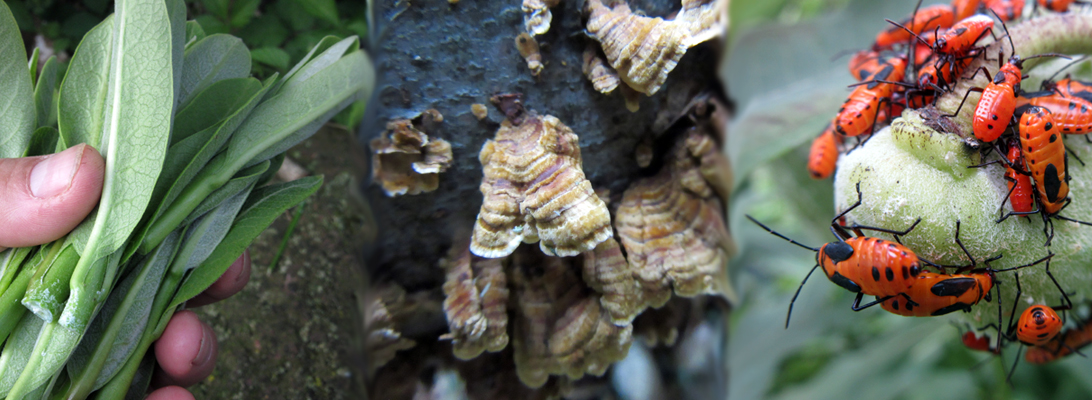Here is a video I did showing one of my favorite woodworking tools.
Thanks for watching,
Nate

Here is a video I did showing one of my favorite woodworking tools.
Thanks for watching,
Nate
Decided to go foraging in the sleety ice covered landscape today. I didn’t have much time, so I just stuck to the area around my house. Let’s see what I found!










I also ate a few evening primrose (Oenothera bienis) seeds.
Anyway, thanks for reading!
Nate
In this video I do a quick review of the book Rewild or Die by Urban Scout (aka my friend Peter Michael Bauer). This is a great book, which makes some important points that many rewilding authors gloss over or don’t mention at all.
Peter is the founder of Rewild Portland, and has been a major part of Rewild.com and the Rewild.com Facebook Group.
Thanks for reading/watching and don’t forget to subscribe to my Youtube Channel.
Nate
Here are a few videos showing edible wild plants that are available from late fall through early spring.
Common chickweed (Stellaria media) is an abundant plant that loves cool damp weather.
You can learn more about it from this sample clip from my dvd (Gathering Edible Wild Plants)
Hairy bittercress (Cardamine hirsuta) is a peppery member of the mustard family that adds some great flavor to cold weather dishes.
Thanks for watching! I you want to support what I do, but aren’t up for buying my dvd, consider watching and subscribing to my Youtube channel. I’m considering different ways of making my dvd available as a digital download or rental. Youtube is one option that I am considering, but it is not available to channels with less than 1,000 subscribers. That feels like a long way off, but every one helps.
Thanks again,
Nate
Here is a quick vid of me spreading salsify (Tragopogon spp.) seed in the semi wild garden.
Thanks for watching,
Nate
Took a short walk with my boys today, and I took a few pics.

These are ground cherry (Physalis spp.) husks. This time of year most of the fuits have either been eaten or have gone bad, but we did find one good one for my 3 yr old in this small patch. (Learn more about ground cherries in my DVD. See side bar to order.)

This is stinging nettle (Urtica dioica). It is a a nutritious edible, but should be cooked to remove the sting. (This is another plant covered in my DVD).

The holes in this tree (pretty sure it is an apple tree) are made by a yellow-bellied sapsucker (Sphyrapicus varius). They tap the trees for sap. Many other species of birds drink from the holes, including humming birds. Insects also like to drink the sap, but often get stuck in it. This provides the sapsucker with 2 snacks when they return to the tree later.
Thanks for reading,
Nate